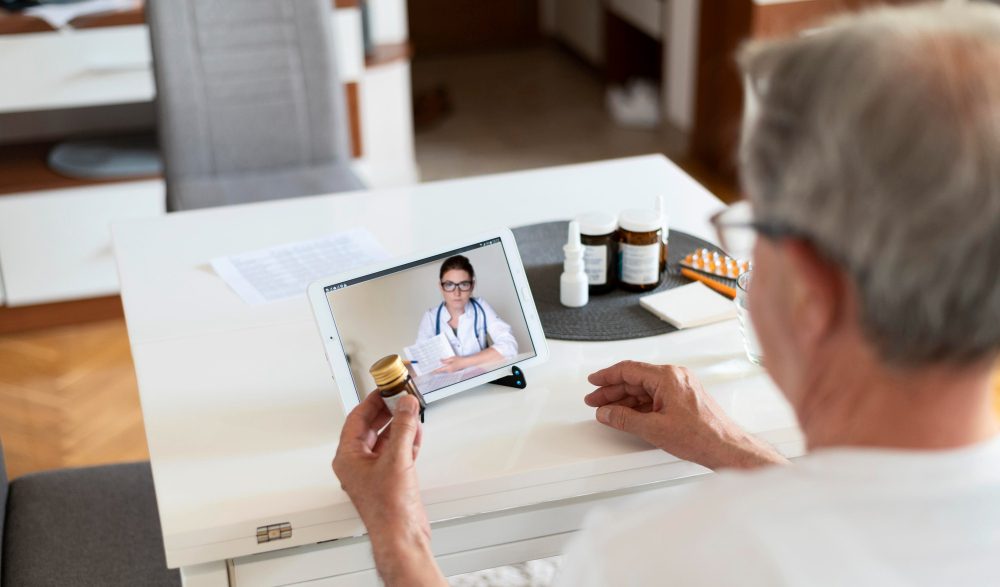
– Telehealth use among clinicians who treat patients with opioid use disorder (OUD) dropped from 56.7 percent in December 2020 to 41.5 percent in March 2022, according to a recent survey.
Published in Health Affairs, the survey assessed changes in telehealth use, attitudes toward virtual care, and digital equity strategies among clinicians providing OUD treatment. The survey polled 602 clinicians who provide medication treatment for OUD. The survey was conducted in two waves, one in December 2020 and another in March 2022. Of the 602 clinicians, 425 completed both surveys.
Among the 425 respondents, 41.2 percent were primary care physicians, 23.3 percent were psychiatrists, and 35.5 percent were nurse practitioners, certified nurse specialists, or physician assistants.
The survey shows that clinicians used telehealth to conduct 41.5 percent of all OUD visits in March 2022, a significant drop from 56.7 percent in December 2020. The use of audio-only visits declined from 20.2 percent of all OUD visits to 11.6 percent in the same period.
Not only that, but the share of audio-only visits among all virtual OUD visits decreased, from 35.6 percent of all telehealth visits in December 2020 to 28 percent in March 2022.
Further, high audio-only use was confined to a small percentage of clinicians in 2022. Of the 372 respondents who conducted some telehealth visits with OUD patients as of March 2022, only 9.9 percent said that more than 30 percent of their total visits were audio-only. High audio-only use was not linked with clinician type, primary practice setting, or patient insurance.
Clinicians’ attitudes toward video and audio-only telehealth also changed over time. The proportion of respondents saying that patients received higher-quality care via video rather than audio-only visits increased from 63.5 percent in December 2020 to 69.7 percent in March 2022.
According to the survey, a majority of respondents (61 percent) agreed that video visits were as effective as in-person care in March 2022, as compared with 31.5 percent who agreed that audio-only visits were equally effective as in-person care.
Further, 63.5 percent of respondents said they would prefer to have no audio-only visits with OUD patients after the pandemic.
As the pandemic wore on, clinicians were more likely to implement digital health equity strategies to support telehealth access. In March 2022, 77 percent of clinician respondents said they were implementing digital equity strategies to help expand access to video visits. These strategies included offering educational materials and providing mobile phones or tablets.
The survey also shows that clinicians in group practices were more likely to report implementing one or more digital equity strategies (79.7 percent) than those in solo practices (59 percent).
“However, no single strategy was particularly widespread, suggesting the need to provide more resources and training, as well as guidance on the roles and responsibilities of clinicians versus other community stakeholders (for example, community groups and local government) in helping patients obtain video visits,” the researchers wrote.
These survey findings came shortly after a study revealed that clinical outcomes did not vary among OUD patients receiving treatment from clinicians with high or low telehealth use.
Following an analysis of telehealth claims data in both pre-and mid-pandemic periods, researchers concluded that using telehealth for OUD treatment was an effective alternative to in-person care as clinical outcomes remained relatively similar. But they noted that there was no evidence suggesting telehealth can increase access to or improve the quality of OUD treatment.
Source: M Health Intelligence

Leave a Reply